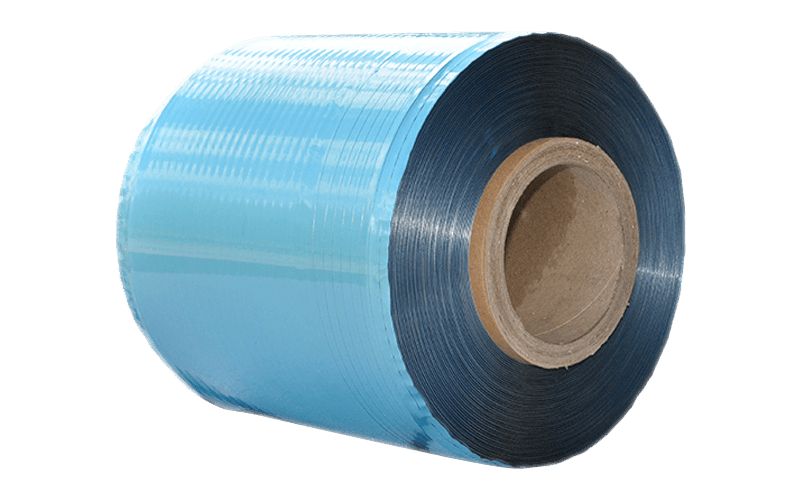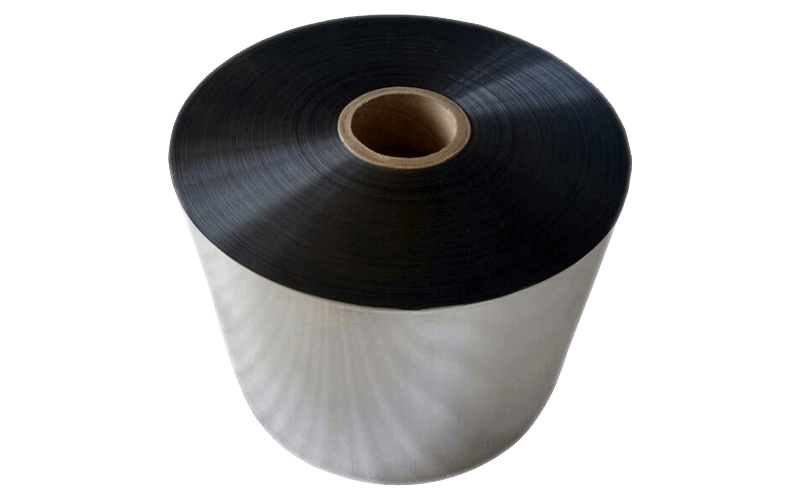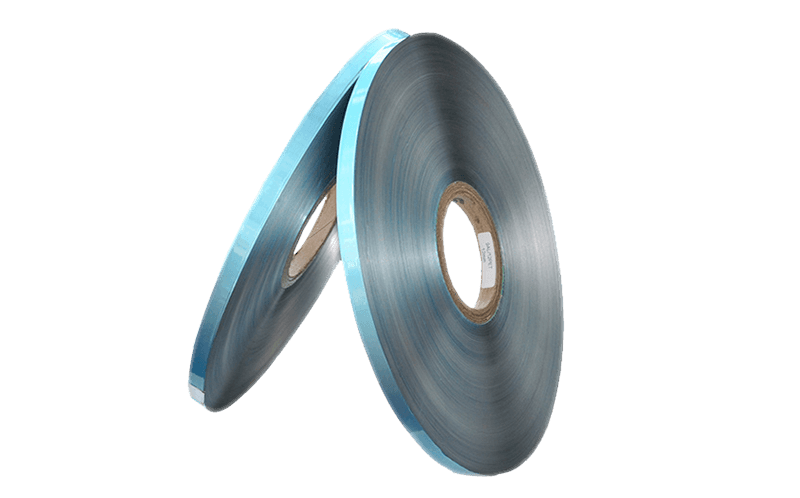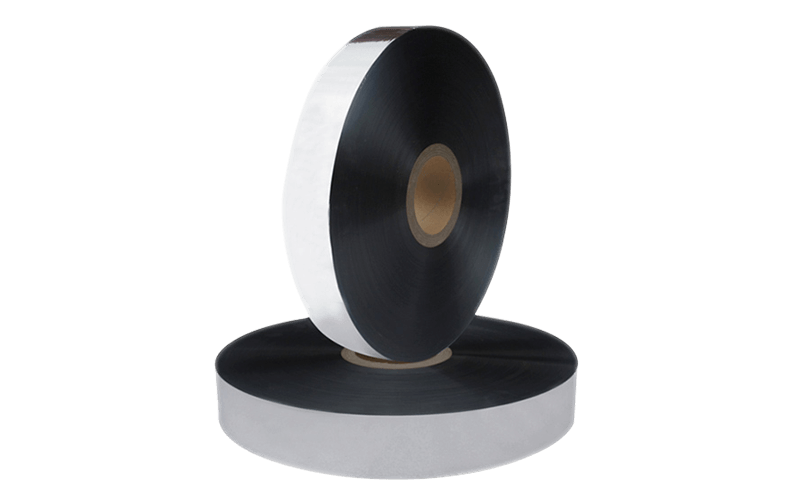In practical applications, the purpose of shielding is […]
In practical applications, the purpose of shielding is to conduct the induced electromagnetic noise to the ground and become the return path of the noise signal, which is very important. Not understanding its meaning may mean invalid blocking. The cable shield and its termination must be able to provide a low impedance ground path for electromagnetic noise. Ungrounded shielded cables will not work effectively, and any breakpoints or too many nodes in the grounding path will reduce the shielding performance of the cable due to increased grounding impedance.
1. Ensure that the cable has sufficient shielding to meet the application requirements. In a normal electromagnetic interference environment, the use of metal foil alone should be able to provide sufficient noise protection; and in a relatively harsh noise environment, it is necessary to consider the use of shielded cables that combine braided mesh and metal foil at the same time;
2. Based on the specific application environment, use a suitable shielded cable. For example, cables that need to be bent repeatedly during use usually use a spirally wound shielding layer instead of a braided mesh; at the same time, flexible cables tend to avoid using only metal foil shielding, because the continuous bending of the cable may cause tearing. Split foil layer

3. Ensure the effective grounding of the equipment connected to the cable. Use the earth as much as possible, and check the connection between the grounding point and the equipment; the elimination of electromagnetic noise depends on the low impedance of its grounding path;
4. Many devices and connectors are designed to allow 360° omni-directional shielding connection, and it must be ensured that they are reliably connected to the cable shielding layer. For example: Many common connectors are equipped with metal-coated plastic, cast zinc or aluminum shells; connectors that match the cable shielding performance should be selected as far as possible to avoid low standards that affect the shielding effect or excessive specifications And the cost increased.



